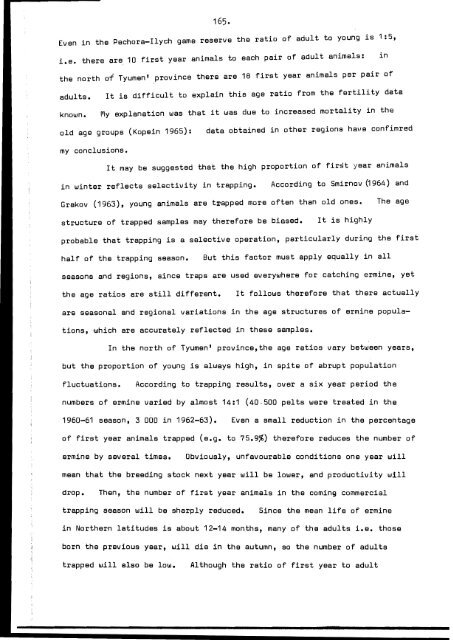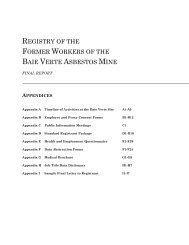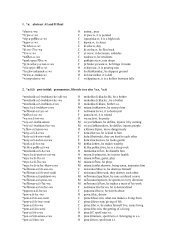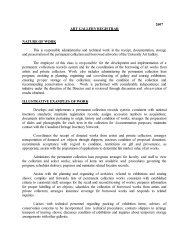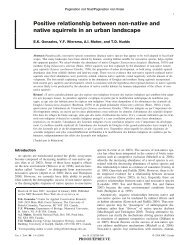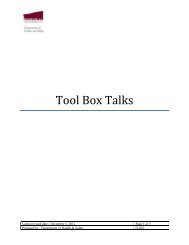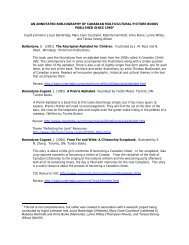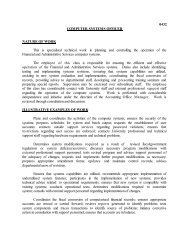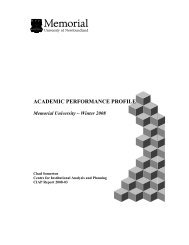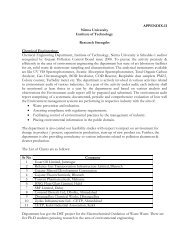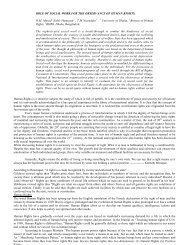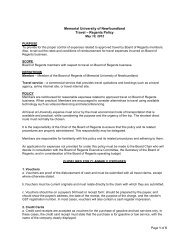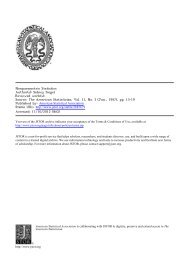You also want an ePaper? Increase the reach of your titles
YUMPU automatically turns print PDFs into web optimized ePapers that Google loves.
165.<br />
Even in the Pechora-Ilych game reserve the ratio <strong>of</strong> adult to young is 1:5,<br />
i.e. there are 10 first year animals to each pair <strong>of</strong> adult animals:<br />
in<br />
the north o't' Tyumen l<br />
province there are 18 first year animals per pair <strong>of</strong><br />
adults.<br />
known.<br />
It is difficult to explain this age ratio from the fertility data<br />
My explanation was that it was due to increased mortality in the<br />
old age groups (Kopein 1965):<br />
data obtained in other regions have confimred<br />
my conclusions.<br />
It may be suggested that the high proportion <strong>of</strong> first year animals<br />
in winter reflects selectivity in trapping.<br />
According to Smirnov 0964) and<br />
Grakov (1963), young animals are trapped more <strong>of</strong>ten than old ones.<br />
The age<br />
structure <strong>of</strong> trapped samples may therefore be biased.<br />
It is highly<br />
probable that trappihg is a selective operation, particularly during the first<br />
half <strong>of</strong> the trapping season.<br />
But this factor must apply equally in all<br />
seasons and regions, since traps are used everywhere for catching ermine, yet<br />
the age ratios are still different.<br />
It follows therefore that there actually<br />
are seasonal and regional variations in the age structures <strong>of</strong> ermine populations,<br />
,which are accurately reflected in these samples.<br />
In the north <strong>of</strong> Tyumen l<br />
province, the age ratios vary between years,<br />
but the proportion <strong>of</strong> young is always high, in spite <strong>of</strong> abrupt population<br />
fluctuations.<br />
According to trapping results, over a six year period the<br />
numbers <strong>of</strong> ermine varied by almost 14:1 (40.500 pelts were treated in the<br />
1960-61 season, 3 000 in 1962-63). Even a small reduction in the percentage<br />
<strong>of</strong> first year animals trapped (e.g. to 75.9%) therefore reduces the number <strong>of</strong><br />
ermine by several times.<br />
Obviously, unfavourable conditions one year will<br />
mean that the breeding stock next year will be lower, and productivity will<br />
drop.<br />
Then, the number <strong>of</strong> first year animals in the coming commercial<br />
trapping season will be sharply reduced.<br />
Since the mean life <strong>of</strong> ermine<br />
in Northern latitudes is about 12-14 months, many <strong>of</strong> the adults i.e. those<br />
born the previous year, will die in the autumn, so the number <strong>of</strong> adults<br />
trapped will also be low.<br />
Although the ratio <strong>of</strong> first year to adult


